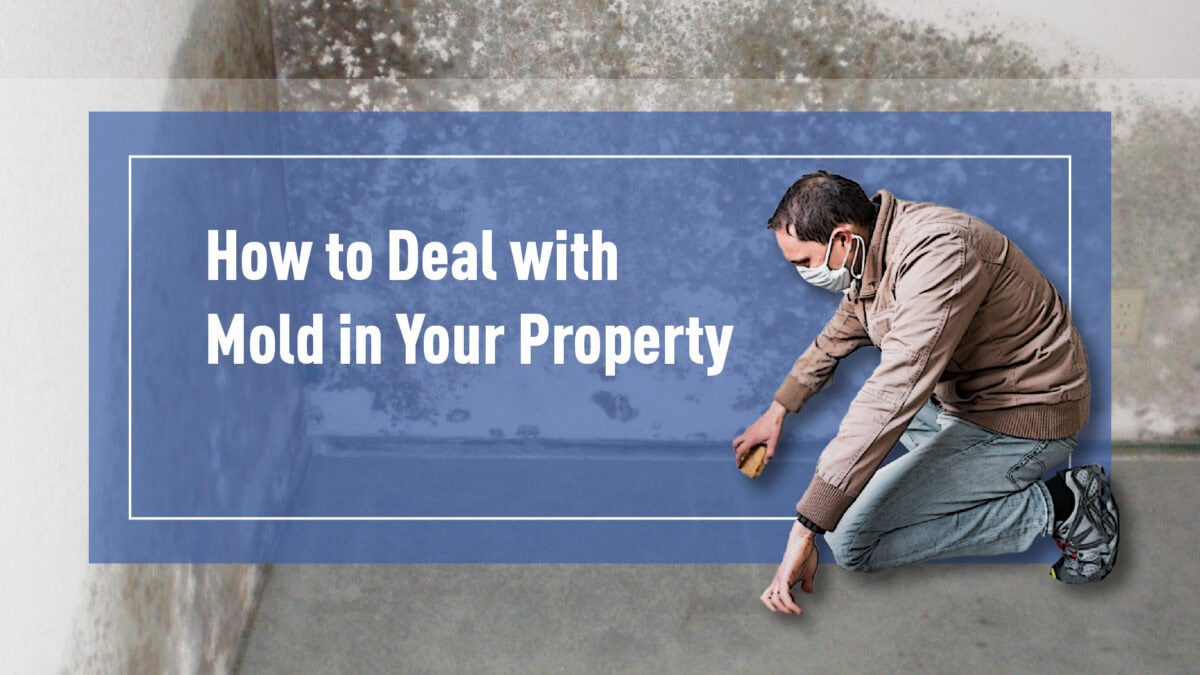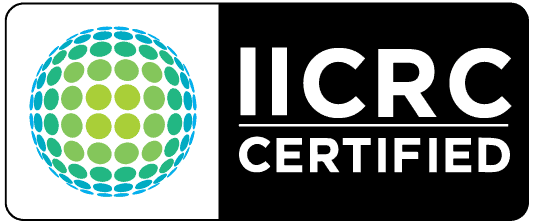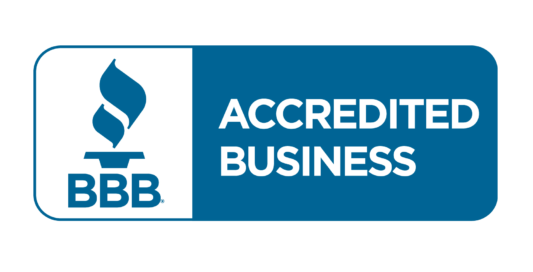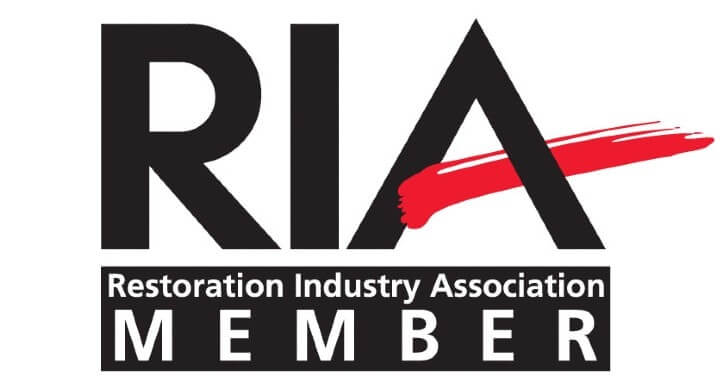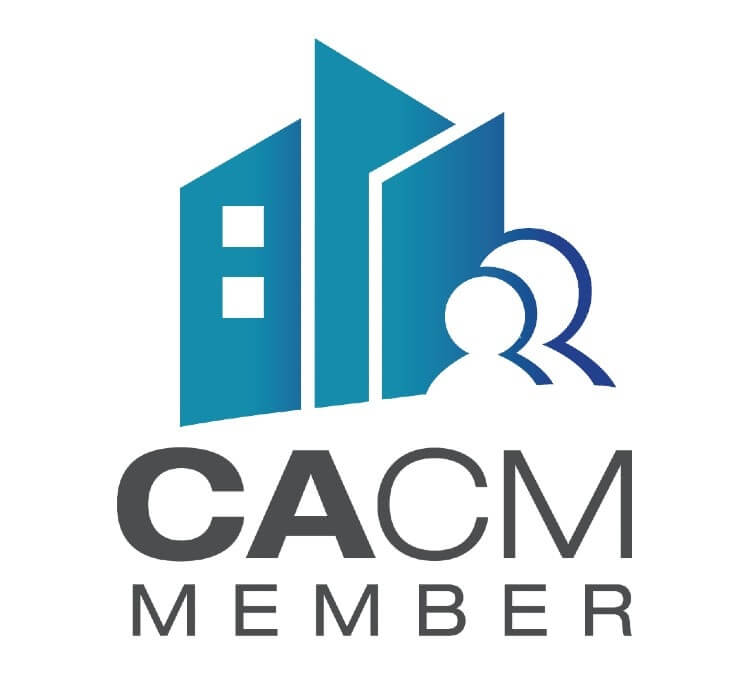How to Deal with Mold
Mold is a common issue that can significantly impact your property’s indoor air quality and, if left unchecked, your health. It thrives in damp, dark environments, making areas like bathrooms, kitchens, basements, and hidden corners particularly vulnerable. This blog post will guide you through identifying, preventing, and effectively dealing with mold in your San Diego property.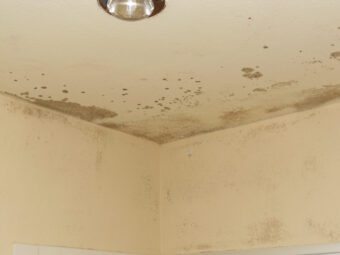
Why is Mold Growing in My Home?
Mold is a type of fungus that flourishes in humid conditions. While it plays a crucial role in decomposing organic matter outdoors, mold spores indoors can pose health risks. Mold typically grows on absorbent materials, such as walls, floors, furniture, and even clothing, primarily due to excess moisture from leaks, condensation, or high humidity levels.
Can Mold Cause Health Problems?
Yes, mold exposure can lead to various health issues. Symptoms may include nasal congestion, throat irritation, coughing, wheezing, asthma attacks, eye irritation, or skin rashes. Those with mold allergies or weakened immune systems can experience more severe reactions, potentially leading to serious lung infections.
How Do I Get Rid of Mold in My Home?
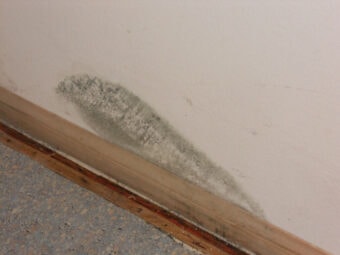
To effectively remove mold, you must clean the visible areas and eliminate the source of moisture. Here’s a step-by-step guide to tackle mold in your home:
1. Identify the Mold
The first step is recognizing mold presence. Mold can appear in various colors, including black, green, white, and orange, often as patches on walls, ceilings, or floors. If you notice a musty odor, discoloration, or visible mold, it’s time to act.
2. Find the Source of Moisture
Since mold thrives on moisture, identifying its source is crucial. Common moisture sources include:
– Leaky pipes or roofs
– High humidity
– Poor ventilation
– Flooding
To prevent excess moisture, consider:
– Fixing leaks promptly
– Venting appliances (like dryers) outdoors
– Using dehumidifiers in humid areas
– Cracking windows during showers
3. What to Wear While Cleaning Up Mold
Protect yourself during cleanup. Wear long gloves, goggles without ventilation holes, and an N-95 respirator. Dress in old clothes you can wash or discard afterward, as mold can release harmful spores.
4. Clean and Remove Mold
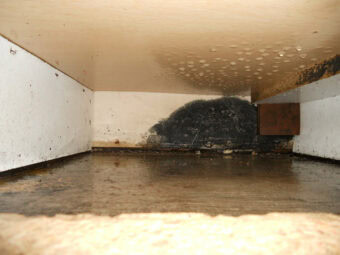
For small infestations, use this DIY method:
– Mix water with mild detergent.
– Gently scrub the area with a brush or sponge.
– Rinse thoroughly to remove soap residue.
– Dry the area completely using fans or dehumidifiers.
Avoid using biocides, like chlorine bleach, during cleanup unless advised by professionals, especially if immune-compromised individuals are present. Generally, it’s not possible to sterilize an area completely, but mold spores will not thrive if moisture issues are resolved.
5. Discard Affected Materials
For porous materials like drywall or carpet, removal and replacement are often necessary. Seal moldy materials in plastic bags before disposal to prevent spore spread.
6. Prevent Mold from Returning
To stop mold from recurring:
– Ensure proper ventilation in kitchens and bathrooms.
– Fix leaks immediately.
– Use exhaust fans in moisture-prone areas.
– Maintain good insulation to avoid condensation.
– Regularly clean and maintain your HVAC system.
– Consider mold-resistant paint in susceptible areas.
7. Monitor and Maintain
After addressing mold issues, regularly inspect your property for signs of water damage or mold growth. Prompt action can prevent future outbreaks.
How to Prevent Mold from Growing in Your Home
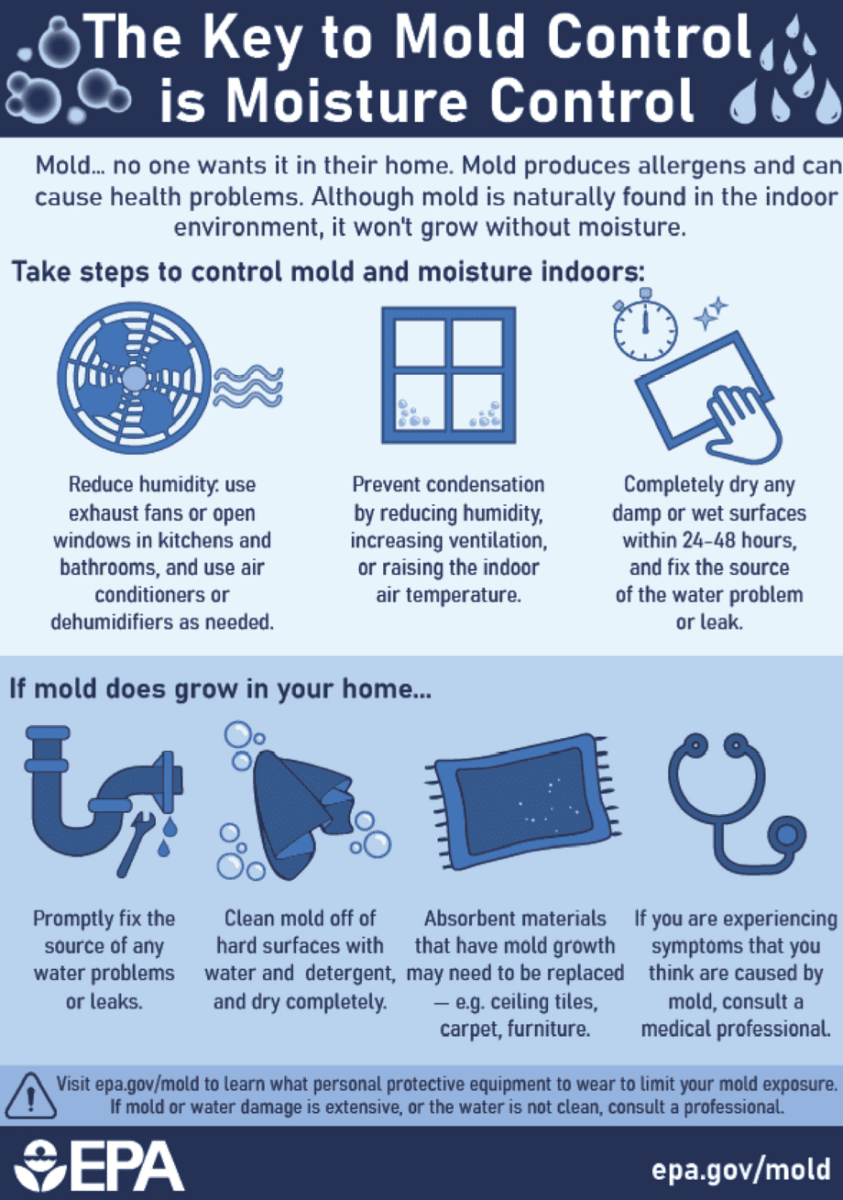
Control moisture to prevent mold. Use dehumidifiers and air conditioners to maintain humidity levels between 30-50%. Fix leaks quickly, ensure good ventilation, and keep gutters clean to prevent water seepage into your property.
When to Call in Restoration Professionals
If you encounter extensive mold growth, persistent mold issues after cleaning, or have a mold allergy, it’s best to contact professionals. They have the expertise and equipment for safe mold removal and can help prevent future infestations. Remember, merely killing mold with chemicals is insufficient; it must be physically removed, as dead spores can still trigger reactions.
Need Help Now?
Certified Restoration is here to assist you with mold problems. Our experienced San Diego mold remediation specialists can quickly and completely remove mold infestations, protecting your family from unnecessary health risks. We provide 24/7 emergency response for all sizes of mold issues. If you find signs of mold in your home, don’t hesitate to call us at (619) 373-0585.
Dealing with mold in your property is crucial for maintaining a safe and healthy indoor environment. By being proactive and vigilant, you can ensure your home remains mold-free, preserving your indoor air quality. For water damage restoration in San Diego, including mold damage restoration, reach out to our team today!
